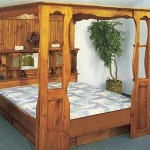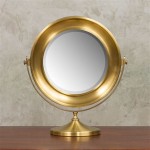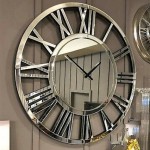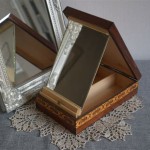Antique Wooden Dresser with Mirror
Antique wooden dressers with mirrors, often referred to as vanities, represent more than just furniture; they are pieces of history reflecting craftsmanship and design aesthetics of bygone eras. Understanding their value involves examining various factors, from construction materials and techniques to historical context and current market trends. These beautiful pieces often serve as focal points in bedrooms, adding both functionality and a touch of timeless elegance.
Identifying Different Styles and Periods
Recognizing the style and period of an antique dresser is crucial for assessing its value and authenticity. Popular styles include Victorian, Art Deco, Queen Anne, and Chippendale, each with distinctive characteristics. Victorian dressers often feature ornate carvings, elaborate hardware, and dark wood finishes. Art Deco pieces showcase geometric shapes, streamlined designs, and the use of materials like chrome or Bakelite. Queen Anne dressers are known for their cabriole legs, intricate marquetry, and elegant curves. Chippendale dressers often feature ball-and-claw feet, intricate carvings, and mahogany construction. Researching these styles can help collectors identify key features and accurately date a piece.
Assessing the Quality of Wood and Construction
The type of wood used in the dresser's construction significantly impacts its value. High-quality woods like mahogany, walnut, and cherry are prized for their durability and beauty. Examine the joinery techniques used in the dresser's assembly. Dovetail joints, mortise and tenon joints, and other traditional methods indicate high-quality craftsmanship. Solid wood construction is generally preferred over veneer, though high-quality veneers can also be valuable. Look for signs of wear and tear, repairs, or replacements, as these can affect the dresser's value.
Evaluating the Condition and Originality of Hardware
Original hardware plays a significant role in the value of an antique dresser. Handles, pulls, keyhole escutcheons, and backplates should be examined for their style, material, and condition. Look for signs of wear consistent with the dresser's age. Replacements or mismatched hardware can detract from the piece's value. Researching the hardware styles common to specific periods can help determine originality. If the original hardware is missing, finding appropriate replacements that match the dresser's style and period can enhance its overall appearance and value.
Understanding the Importance of the Mirror
The mirror is an integral part of the antique dresser set. Assess the condition of the mirror, looking for cracks, chips, or discoloration. The original mirror frame should complement the dresser's style and be in good condition. Examine the backing of the mirror for signs of age and originality. A mirror in good original condition significantly enhances the dresser's value. Be aware that replacing a damaged or missing mirror with a period-appropriate replacement can sometimes be a worthwhile investment.
Recognizing Signs of Restoration and Repair
Carefully examine the dresser for signs of restoration or repair. While some repairs are acceptable and may even enhance the piece's usability, extensive restorations can impact its value. Look for inconsistencies in the wood finish, patching, or replaced sections. Refinished pieces, while potentially beautiful, may be less valuable than those retaining their original finish. Understanding the extent and quality of any restoration work is crucial for accurate valuation. Documented restoration by a reputable professional can sometimes add value.
Determining the Value of the Dresser
Determining the value of an antique wooden dresser with mirror requires considering various factors. Online auction sites, antique dealer websites, and appraisal guides can provide a general idea of current market values. Consulting with a qualified antique appraiser is recommended for a professional assessment. Factors influencing value include the dresser's rarity, condition, provenance (history of ownership), and the current market demand for similar pieces. Understanding these factors helps collectors make informed decisions about buying or selling antique dressers.
Caring for and Preserving Antique Dressers
Proper care and preservation are essential for maintaining the beauty and value of an antique wooden dresser with mirror. Avoid placing the dresser in direct sunlight or areas with excessive humidity. Regular dusting with a soft cloth is recommended. Use appropriate cleaning products specifically designed for antique furniture. Avoid harsh chemicals or abrasive cleaners that can damage the finish. Protecting the dresser from scratches and dents will help preserve its condition. Regularly inspecting and addressing any minor issues can prevent more significant problems in the future. Consulting with a professional conservator can provide guidance on specialized care techniques.

Early 1900s Antique Oak Dresser With Mirror Shabby Chic Bedroom Furniture

Antique Solid Wood Dresser With Detachable Swivel Mirror Original Hardware

Small Antique Dresser With Mirror Midtown Furniture

4 Drawer Dresser With Mirror Antique Bedroom Furniture

Tall Antique Circa 1900 Solid Oak Carved Wood Dresser And Swing Mirror Set

Antique Dresser With Marble Top Mirror 48 X 20 80 H Castle Rock Home Garden

Vintage Oak Dresser With Mirror For At Pamono

Victorian Antique Walnut Dresser Wishbone Mirror W Glove Box

Vintage Victorian Eastlake Marble Top Wood Dresser With Ornate Mirror Antique Foyer

Repurposing A Dresser For Vintage Look Dabbling Decorating








